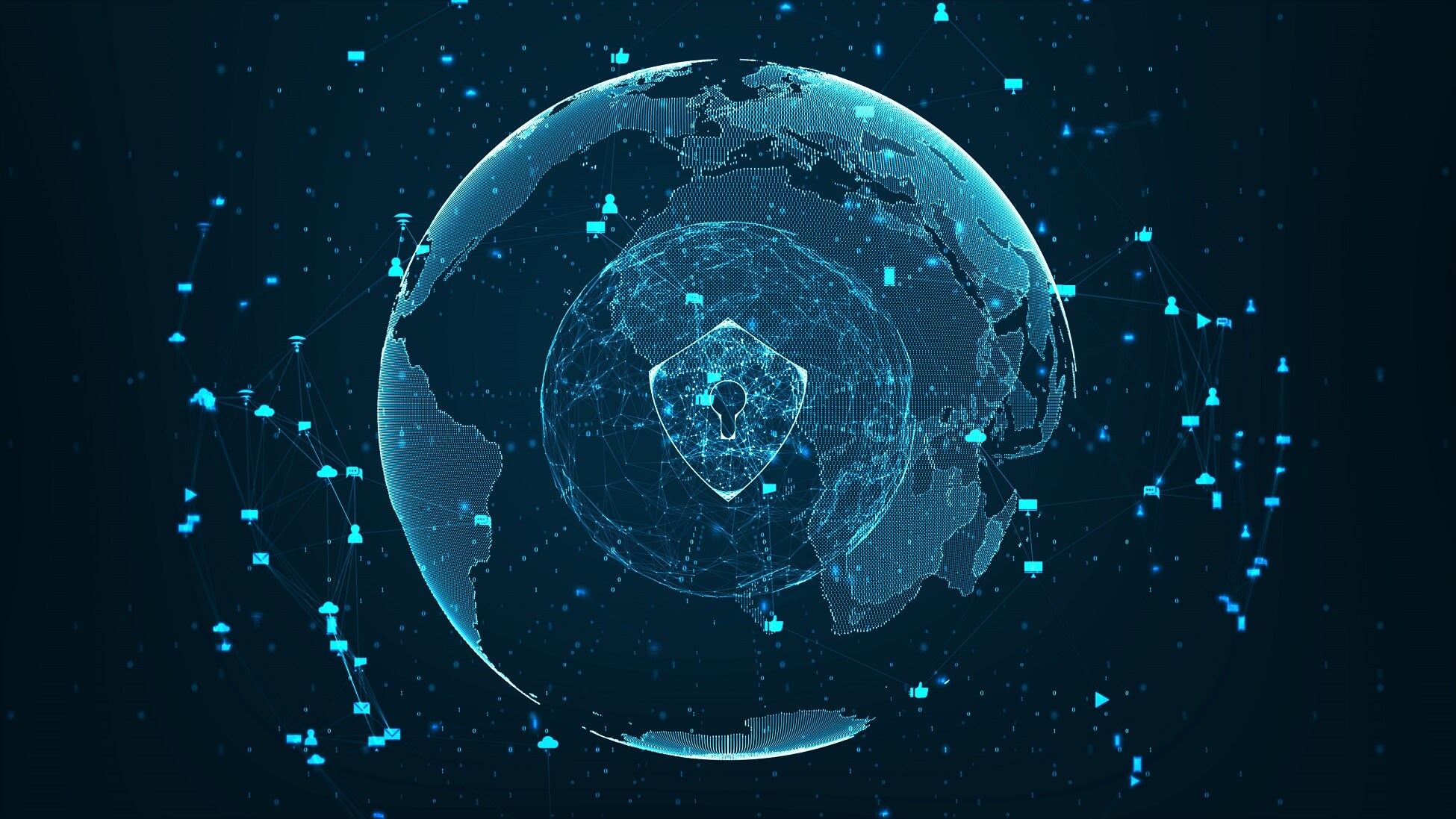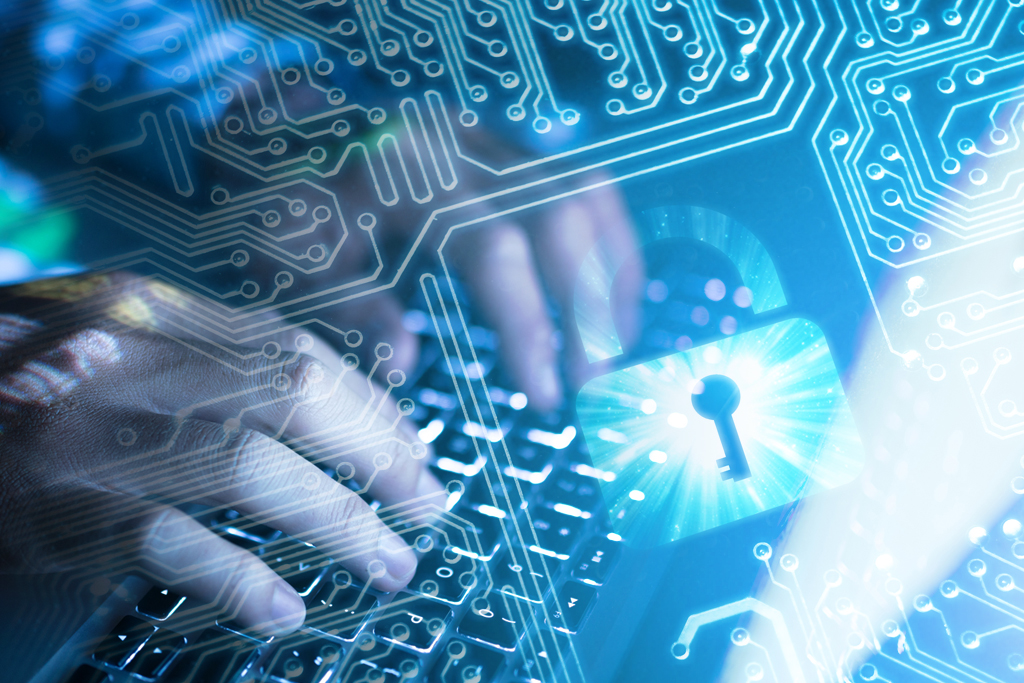Imagine having a virtual replica of your IT network, where you are able to pinpoint security vulnerabilities, develop attack simulations, and deter expensive breaches, all before your system is even implemented.
For some business leaders, this is no longer a fantasy, but a reality with digital twins.
Embracing Digital Twins
While the digital twin concept was initially applied in manufacturing, many industries have seen beneficial uses of having a digital replica of their assets, operations, and more recently, their cyber security systems.
It’s a known fact that the number of cyberattacks rose at an alarming rate during the outbreak, with many even naming it as a ‘cyber pandemic’.
As more organizations move their digital assets to the cloud combined with the increased use of Internet of Things (IoT), the immense data proves attractive to cyber attackers looking to profit from unsecured endpoints, networks, and databases.
With cyber criminals becoming increasingly advanced, simply defending the systems and reacting to real-time attacks are no longer sufficient, and businesses have to take a more proactive and predictive approach.
Simulating, Monitoring, and Protecting Physical Assets
A digital twin refers to a virtual replica or representation of a physical device, system, or network. It is a concept borrowed from the Internet of Things (IoT) domain, where physical objects are connected and controlled through digital representations.
In the realm of cyber security, digital twins are used to simulate and monitor the behavior of real-world assets or systems in a controlled and secure environment. By creating a virtual replica of a physical entity, organizations can gain valuable insights into its vulnerabilities, potential attack vectors, and overall security posture.
Digital twins enable cyber security professionals to conduct various activities, including:
Risk Assessment: Digital twins allow for the identification and analysis of potential risks and vulnerabilities associated with a physical asset or system. By simulating attacks and interactions within the digital twin, cyber security experts can evaluate the effectiveness of security controls and make informed decisions to mitigate risks.
Threat Detection: By monitoring the digital twin’s behavior, anomalies and suspicious activities can be detected, which may indicate potential cyber threats or attacks on the corresponding physical entity. This allows for early detection and response to security incidents.
Security Testing and Validation: Digital twins provide a controlled environment for testing security measures and evaluating the effectiveness of security solutions. They allow for the simulation of various attack scenarios to assess the resilience and response capabilities of the corresponding physical assets.
Predictive Analysis: By analyzing data gathered from the digital twin, cyber security professionals can make predictions about potential security breaches or vulnerabilities in the physical system. This helps in proactively addressing security weaknesses and implementing preventive measures.
It’s important to note that while digital twins can assist in enhancing cyber security, they should also be protected themselves. The security of the digital twin environment, including access controls, encryption, and monitoring, is crucial to ensure its integrity and prevent unauthorized access or manipulation that could impact the corresponding physical asset or system.
Use Cases of Digital Twins for Cyber Security
While there are few industries that have implemented digital twins to safeguard their digital assets, some companies have taken the leap to bring their cyber security to the next level with faster speed and precision to prevent and combat potential threats.
IN AEROSPACE AND DEFENSE
The concept of digital twin has actually been around since the 1960s, when it was developed by NASA for the Apollo space programs, and then applied to avert disaster during the Apollo 13 mission in 1970.
While NASA has re-embraced the twinning approach for virtual equipment building and testing, the U.S. Air Force is using the technology to create “a digital replica of a GPS IIR satellite to detect any cyber security issues” as part of a congressional mandate to test its system.
“GPS systems are used for geo-location and timing for virtually every aspect of U.S. military operations [and the] potential for signals to be jammed, spoofed or interfered raises serious security concerns.”
– Digital Twins Proliferate as Smart Way to Test Tech
Air Force Magazine
A digital model of the satellite was built while it was in orbit, and penetration testing and vulnerability scans were held across the entire GPS system to identify weaknesses and ascertain that all the components operate as intended if any issue arises.
AUTOMOTIVE
The automotive industry is smarter than ever before with rising trends in shared mobility, connected and electric vehicles, and autonomous driving. However, the much-awaited digitization and connectivity of modern car systems point to a plethora of information that is tempting targets for cybercriminals.
Cybellum, a computer and network security company, foresaw the need to protect automotive software from cyberthreats, and presented a novel approach to combat online risks through digital twinning.
Called Cybersecurity Digital Twin, Cybellum constructs a virtualized identical version of the in-vehicle components and simulates the electronic control units (ECU) firmware. The twin is then used as the basis for extensive cyber risk analyses and scans to continuously monitor both on-the-road and in-development vehicles for vulnerabilities and threat exposures.
With current car systems implementing over-the-air (OTA) software updates and the new United Nations Economic Commission for Europe (UNECE) cyber security regulations, the digital twin technology additionally helps to perform risk assessments and ensure secure updates.
“For an efficient software update management system, a digital twin of the vehicle is almost a must.”
– Digital Twin for Maximum Cyber Security
NTT DATA
PRODUCTION AND MANUFACTURING
Ian Elsby, the Head of Chemical Industry GB&I at Siemens, wrote about the use of digital twins to deter cyber breaches in the chemical industry.
As production plants and manufacturing factories integrate Industrial Internet of Things (IIoT) into their systems, it brings forth the challenges of cyber attacks and hacking through digital networks. This is where the twinning technology can be utilized to ensure cyber security.
“Just as processes are simulated and data gathered to detect non-performance of assets, a simulated cyber attack can also be detected by the digital twin,” explained Elsby.
He proposed using the virtual database to capture information and testing activities, which will then allow the digital twin to form cyber security protection algorithms to defend the production plant’s data against malicious viruses.
Elsby further emphasized that digital twins are able to make the process of conducting security gap analysis and pinpointing the plant’s security requirements easier and more achievable.
The Security Value of Digital Twins
Organizations that have faced cyberattacks know that such breaches are costly, from repairing network vulnerabilities and regaining data control to recovering reputational damages and financial impacts. In fact, the average cost of a breach to a publicly traded company is estimated to be $116 million.
The digital twin technology aids in preventing expensive attacks through its capability to make faster and more efficient decisions as more penetration data and tests are fed to the twin simulation of a system.
“[By] executing enough tests and brainstorming all possible scenarios of how a hacker might try to breach into a valuable online resource, the digital twin interface will be capable of reacting with extreme speed and precision by making calculated decisions by itself.”
– Incorporating Digital Twin into Internet Cyber Security – Creating a Safer Future
Challenge Advisory
Developing a virtual replica also means the company safeguards its systems and assets from third-party and outsourced vendors, which are often hired to test breaches and build defenses, but which are also susceptible to attacks.
Instead, in-house developers can create different viruses and attack scenarios in the simulation’s interface, thereby improving anti-virus software, pre-programming reactive and counter strikes against cyber attacks, and updating their safeguards in real time.
What the Future Holds for Digital Twins
In a recent interview with Michael Grieves, who popularized the digital twin concept in 2002, he believes that the world is still in the “conceptual stage of digital twins.”
“We have this information that we can bring together to create this virtual version of real-world environments based on models and behavioral aspects and modeling and simulation,” Grieves shared. “The next step is to have all this information be pulled together automatically and intelligently.”
With data analytics, artificial intelligence, and digital capabilities increasing as the years pass, digital twins will no doubt play a key part in creating the ideal enterprise security. As seen in available use cases, some organizations are already a few steps ahead of their counterparts in developing tighter and stronger cyber protection.
As online attacks become more refined and sophisticated, so too must the approach that the business world takes to improve the digital safety of their assets, processes, and people.





 Video conferencing apps became a favorite target
Video conferencing apps became a favorite target

